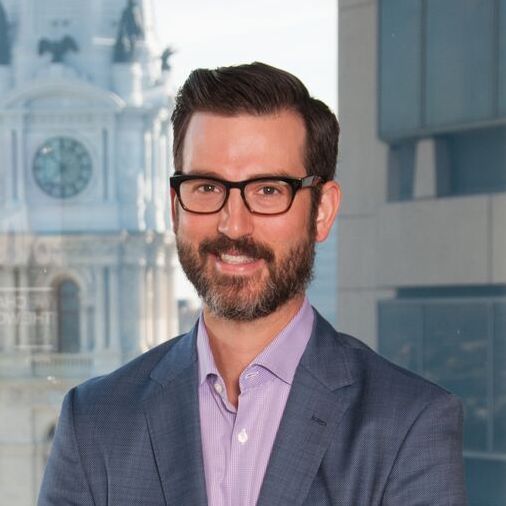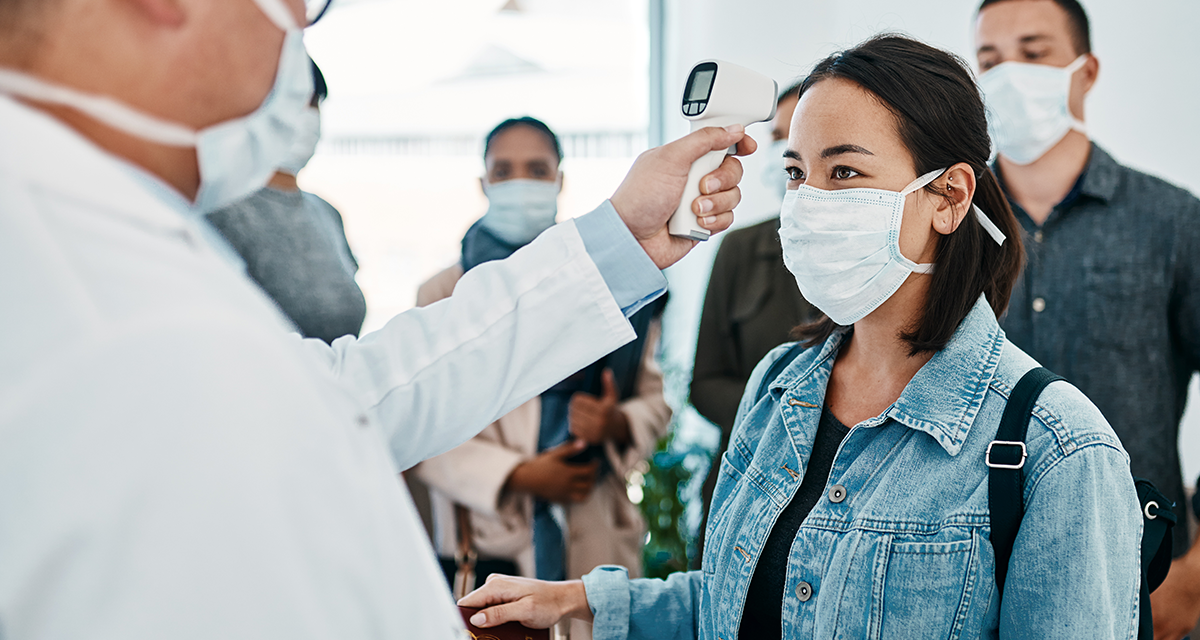There are a lot of truths, falsehoods, and misinformation surrounding temperature screenings and what company leaders should consider when bringing employees back to the workplace.
Join Sean Bell and Joshua Templeton as they discuss key things to consider with employee temperature screenings. They will deep dive into current tactics employers can put in place to screen their employees for COVID-19 symptoms.
Considerations such as employee privacy, available technology and how these play into a long-term Return to Work strategy will be the key themes of this focused livecast.
What you’ll learn:
- On-site testing considerations
- What technology is available to support return to work screenings
- Care navigation: what support can be given when an employee fails a screening
- Considerations for employee privacy
- Long-term strategy planning
On-demand Webinar
Length: 30 minutes
Register for the on-demand webinar
Meet the speakers

Sean Bell
Chief Operating Officer, Aduro
Sean Bell is the Chief Operating Officer at Aduro where he supports the operational excellence of its member, client and partner experiences with specific focus on Aduro’s many growth initiatives. Prior to his current position, Sean was the Chief Operating Officer at Arivale, the original “Scientific Wellness” company which focused on personalized biometric and genetic data insights delivered and supported by skilled coaching. He was Executive Vice President at Free & Clear, the nation’s leading provider of tobacco cessation coaching to employers, health plans, and state quit lines.
Sean has his MBA from the University of Washington and his undergraduate degree from Bowdoin College where he majored in Asian Studies. Sean is an avid runner and cyclist and has lived with his family in Seattle since 1998.

Josh Templeton
Chief Sales Officer, Aduro
As the head of revenue, Josh is responsible for the growth and direction of Aduro. Josh has been a part of several dynamic companies, ADP, Cvent, and Workhuman in his professional career serving in several roles directly tied to sales and client management.
What excites him the most about Aduro is that he gets to be a part of an organization that is truly impacting peoples lives while driving organizations to tap into their people’s amazing potential. Josh, his wife Katie, and their four children originally hail from Baltimore, Maryland but now call Portland, Oregon home.
About Aduro
Aduro is a Human Performance company. We unlock human potential in the workplace by providing expert coaching, interactive content and personalized insights in a fun, inspiring way. We work with organizations to ignite cultures that are inclusive, deepen social connections, and promote the growth and flourishing of their people.


